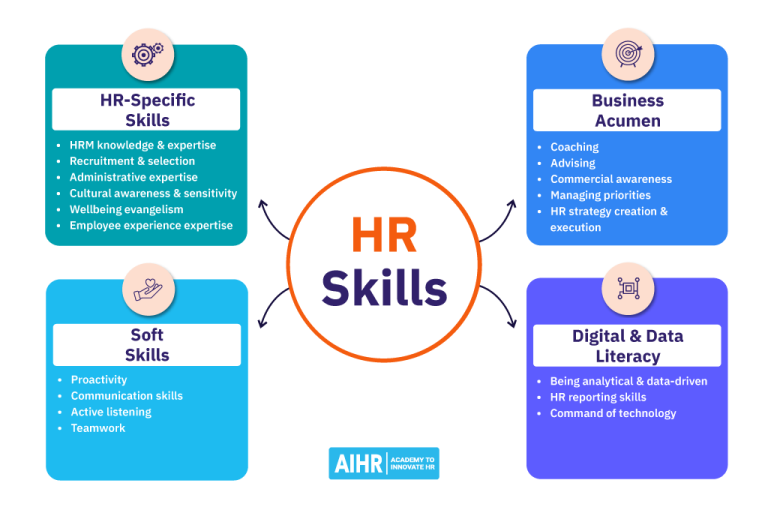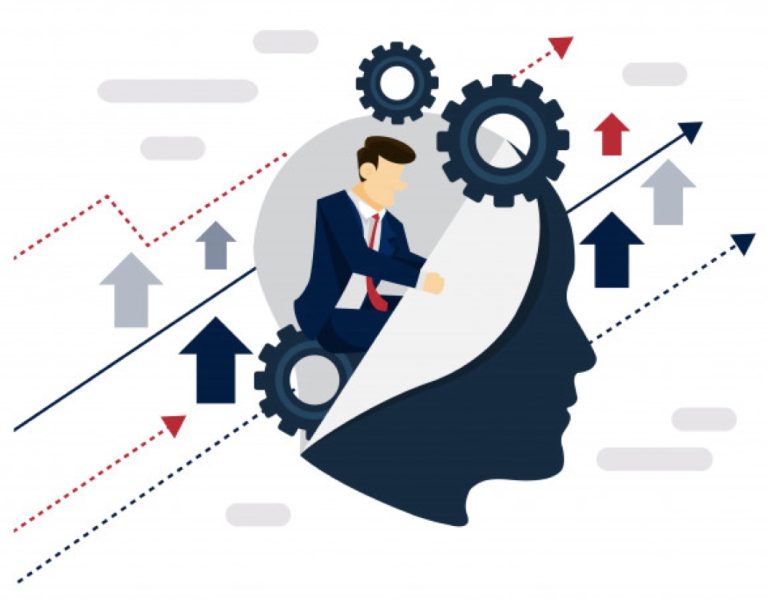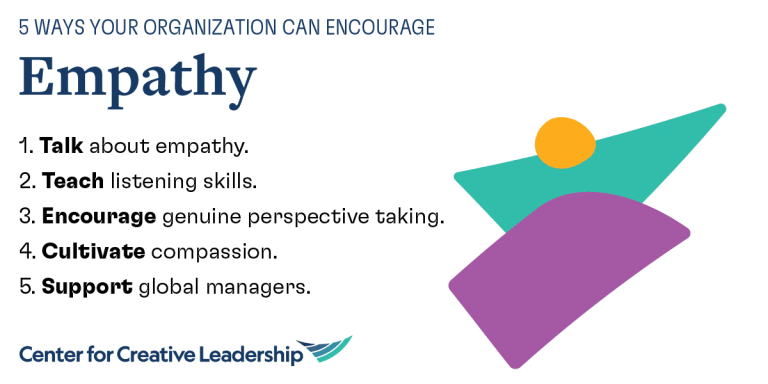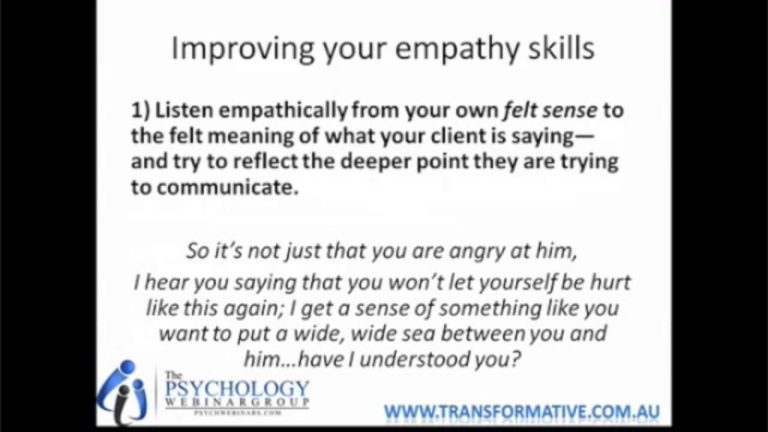The Power of Framework Thinking
In the fast-paced, problem-solving world of modern organizations, the ability to think in frameworks is a game-changing skill. Most companies hire consultants for two main reasons: their vast experience and their ability to distill complex ideas into clear, actionable frameworks. Consultants bring structure and clarity to chaotic situations by applying frameworks that allow them to identify problems and potential solutions faster than if they were merely improvising.
Framework thinking isn’t just for consultants; it’s a tool that anyone can use to bring clarity, speed up decision-making, and gain recognition in an organization. In this post, we will explore the transformative power of framework thinking, how to leverage it effectively, and practical steps for building your own framework library.
Why Frameworks Matter
Organizations often suffer from what could be described as “Loosely organized chaos.” Meetings run long, lack purpose, and don’t produce clear action steps. Initiatives start strong but frequently devolve into debates dominated by the loudest voice in the room. The core problem? A lack of structure.
Enter frameworks. Frameworks give structure to this chaos by providing a method to analyze problems and create solutions. Rather than relying on intuition or vague generalizations, frameworks allow individuals and teams to follow a tested process, focusing everyone’s attention on what truly matters. As a result, decisions are made faster, and with more confidence.
The Benefits of Framework Thinking
- Clarity and Focus:
Frameworks simplify complex problems. They break issues down into smaller, more manageable parts and provide clear criteria for analyzing and addressing them. Instead of getting lost in the noise, frameworks direct attention to the heart of the issue. - Faster Decision-Making:
In business, there’s rarely a single “right” answer. Frameworks guide you toward making “good enough” decisions faster, which is often more important than seeking a perfect solution. Using a structured approach helps eliminate analysis paralysis and unnecessary delays. - Building Credibility:
Implementing frameworks gives you credibility. You don’t need to be an expert on every problem; instead, you bring a toolkit of frameworks that demonstrate a well-thought-out, systematic approach. This can set you apart as a stabilizing force in otherwise chaotic situations, whether you are a team member or a leader. - Replicability Across Situations:
Frameworks are versatile. Once you internalize them, you can apply them in different contexts, helping you navigate various challenges with greater confidence and effectiveness. The more frameworks you master, the more adaptable you become. - Organizational Trust:
By bringing in established frameworks from respected sources (such as McKinsey or BCG), you draft off the credibility of these well-known organizations. When you say, “This is how McKinsey advises its clients,” you’re borrowing their authority and reducing skepticism about your proposed solution.
Building Your Framework Library
One of the best things about frameworks is that they are easy to find. Many leading organizations have published their frameworks, making them freely accessible to the public. This creates an incredible opportunity for you to start collecting and using them in your own work. Here are some key steps to build your framework library:
- Identify Key Frameworks:
Look for organizations or individuals you admire who have tackled problems similar to yours. Research their methodologies and frameworks. A quick search or asking professionals in your network can reveal many tools to add to your arsenal. - Create a Summary Document:
Once you identify a framework, create a summary document that captures its key points. Include the name of the framework, its purpose, steps to apply it, and any case studies or examples that illustrate its effectiveness. This will not only help you master the framework but also make it easy to reference later. - Case Studies and Nuances:
Dive deep into case studies where the framework has been used. This helps you understand not just how the framework works in theory, but how it functions under real-world constraints. Learn its limitations and when it’s best applied. - Teach the Framework:
Teaching others is one of the best ways to internalize a framework. Host an internal training session, create a presentation, or discuss it in meetings. Sharing your knowledge not only strengthens your understanding but also establishes you as an expert within your organization.
Implementing Frameworks in the Real World
It’s important to recognize that implementing a new framework can be met with resistance, especially if your colleagues are unfamiliar with it. Start small. Rather than proposing the framework in a formal presentation, introduce it casually. For example, during a team discussion, you could say, “I came across this framework while researching a similar problem; maybe we should try it here.”
The key is to test the framework on a smaller scale first. This allows you to see how it performs in a real-world setting before rolling it out more broadly. If it works, great! You’ve earned credibility. If not, you’ve learned something valuable about the framework’s limitations and can tweak your approach.
When applying frameworks, keep in mind that you’re not just proposing a solution—you’re also being evaluated on whether you’re the right person to implement it. Early on, you may not have the political capital to push big changes, so keep your suggestions loose and exploratory. Frame them as ideas worth trying, rather than guaranteed solutions.
Innovating and Iterating on Frameworks
As you become more comfortable using frameworks, don’t be afraid to innovate. Frameworks are not set in stone; they can be adapted to fit the unique challenges of your organization. With each application, refine your approach, incorporate feedback, and document your learnings.
Over time, your knowledge will expand beyond what the framework initially offered, allowing you to tailor it to your specific needs. The best practitioners of framework thinking continuously iterate, enhancing both their toolkits and their effectiveness.
Conclusion: The Path to Becoming a Framework Thinker
Framework thinking is one of the most valuable skills you can develop in today’s business environment. It allows you to cut through the noise, bring order to chaos, and make faster, more informed decisions. By leveraging frameworks from leading organizations, you can gain credibility, drive change, and position yourself as a go-to problem solver.
Start by identifying frameworks that resonate with the challenges you face, internalize them, and begin applying them in small ways. As you build your framework library and gain experience, you’ll be able to approach problems with a more rigorous, structured mindset—one that will set you apart from the rest.
Ultimately, becoming a framework thinker is about continually learning, testing, and improving. The more frameworks you master, the better equipped you will be to tackle the ever-evolving challenges in today’s complex business world.




